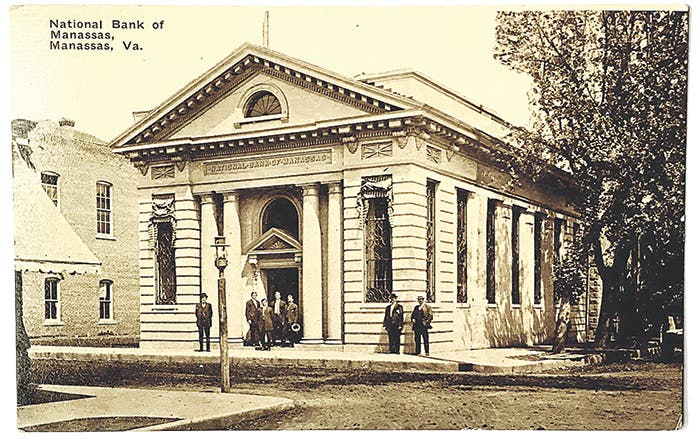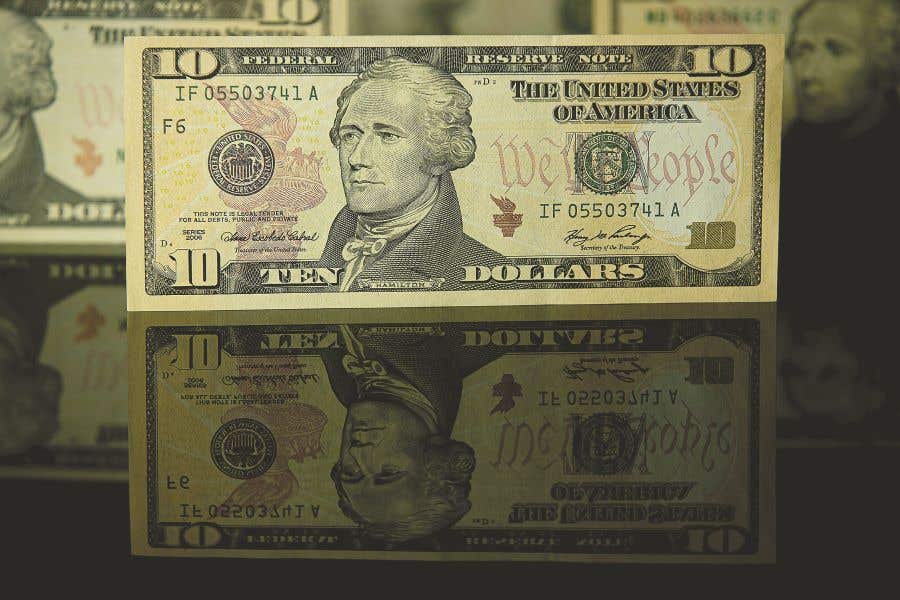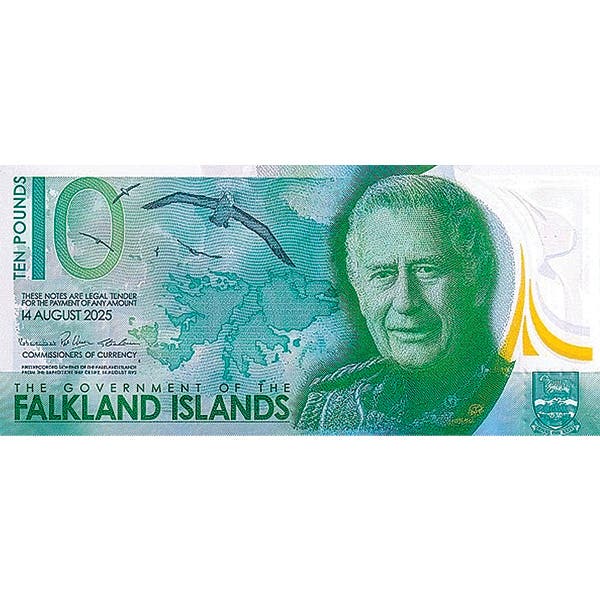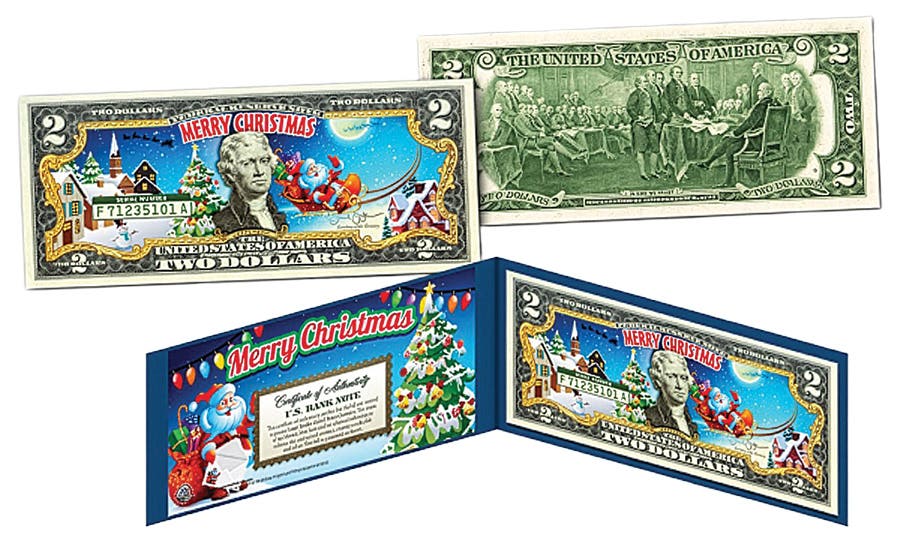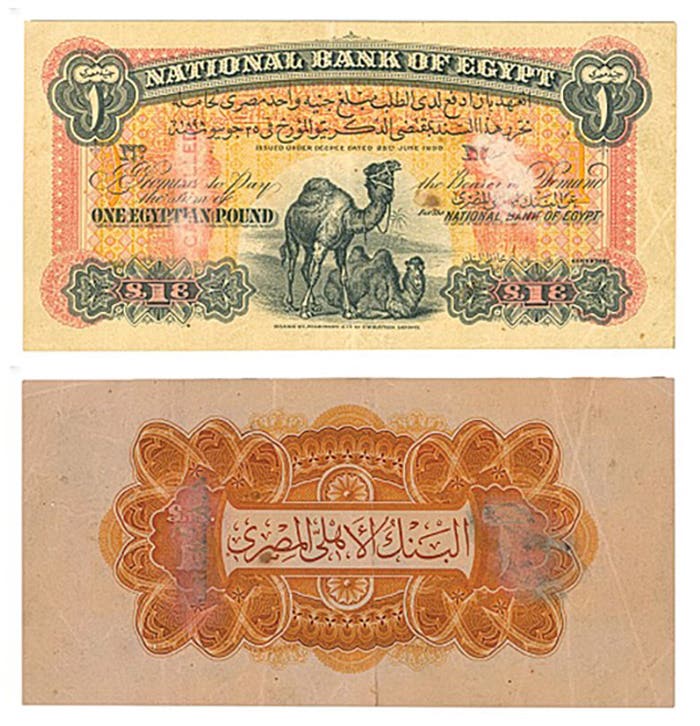Grading nuances evident at auction
By Bill Brandimore In general, currency prices seem a bit low, but some are a bit high, so I am reluctant to make a general prediction for the near future….
By Bill Brandimore
In general, currency prices seem a bit low, but some are a bit high, so I am reluctant to make a general prediction for the near future. The next big price indicator will be at the Central States show in late April. I got lucky at the FUN auction, however, and purchased a 1935A $1 S Star experimental at about $850 back of the low estimate and well below catalog prices, a nice PMG 50 EPQ.
One anomaly I noted was the large discrepancy between two notes offered at the FUN show of 2018. In the Session 3 auction Jan. 5, beginning at 1 p.m. EST, a 1928 Minneapolis $100 FRN note in PMG 35, noted as the first of this Fr. # to be offered in over 11 years and described as having been retouched and thus not receiving the EPQ designation, was offered as Lot 21632. The retouching was described as minor and involving the lower right corner. It brought $1,920 with buyer’s fees. In Session 4, the Platinum Night auction beginning five hours later, Lot 22246 was offered, a 1928 Minneapolis $100 FRN described as the lone finest known, a PMG 25, with none finer offered in any grade since its last auction appearance in 2006. It brought $4,080. For $2,000, I would prefer the retouched 35 note. This does illustrate, however, just how important some nuances of grading have become. I would, however like to have a good definition of what “retouched” means.
I would now like to offer some information on National Bank Note collecting for beginners and intermediate level collectors. There are two distinct ways to collect these notes. One is as Type notes. Type collectors are interested in condition. They generally seek common examples of the types they are interested in. Some National Bank Notes are not really common, such as Lazy Twos, and Original and 1775 tens and twenties. In their case, scarcity is a relative matter. The other common way of collecting these wonderful notes is by area, or so-called hometown or state notes. Here, bank rarity is the defining issue. Pricing is directly related to the bank rarity. Thus, a common Very Good $5 1902 plain back might be listed in a price guide at $125, while a Gem 65 note would list at $750 or $800. Don’t expect to buy scarce notes at those prices. Don’t be surprised if a Very Good note from a territory or a very rare bank in a competitive market would bring $30,000 or more. Bank rarity is really important. Competition is also extremely important. I am aware of a $5 plain back from a competitive market realizing $10,000. It was one of two known and the other note was in strong hands. A few years later, the other note, an AU example, sold for $5,000. The market had lost its most competitive buyers and the price dropped considerably. You might want to seek out a non-competitive area to collect and hope two well-heeled collectors begin collecting from that area.
I did note, confirming a conversation with dealer Scott Lindquist, that $10 and $20 early FRN notes are heating up. This area has been a bit soft.
Contact me by email at billbrandimore@charter.net.
This article was originally printed in Bank Note Reporter. >> Subscribe today.
More Collecting Resources
• The Standard Catalog of United States Paper Money is the only annual guide that provides complete coverage of U.S. currency with today’s market prices.
• Order the Standard Catalog of World Paper Money, General Issues to learn about circulating paper money from 14th century China to the mid 20th century.




